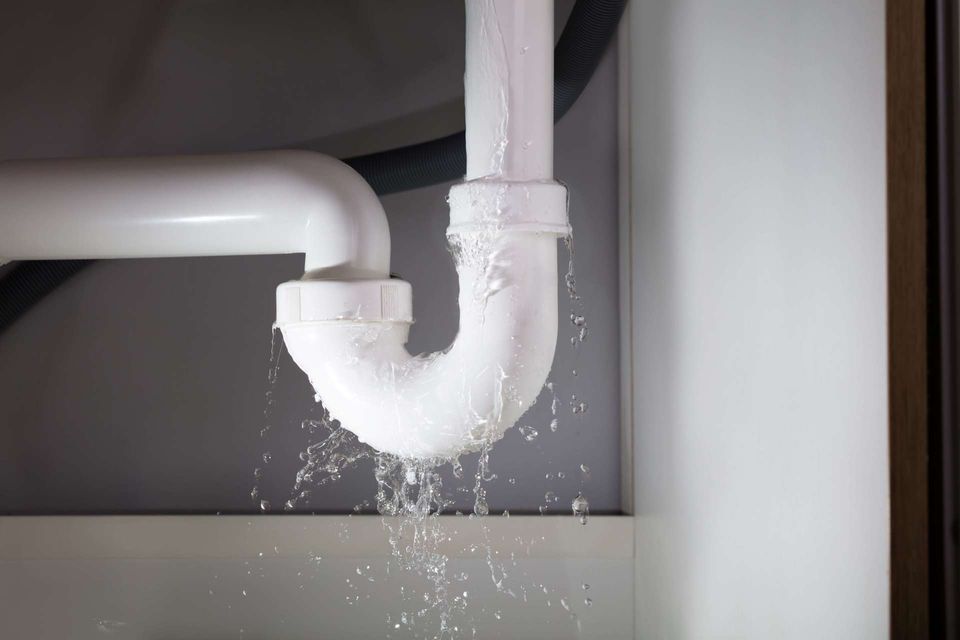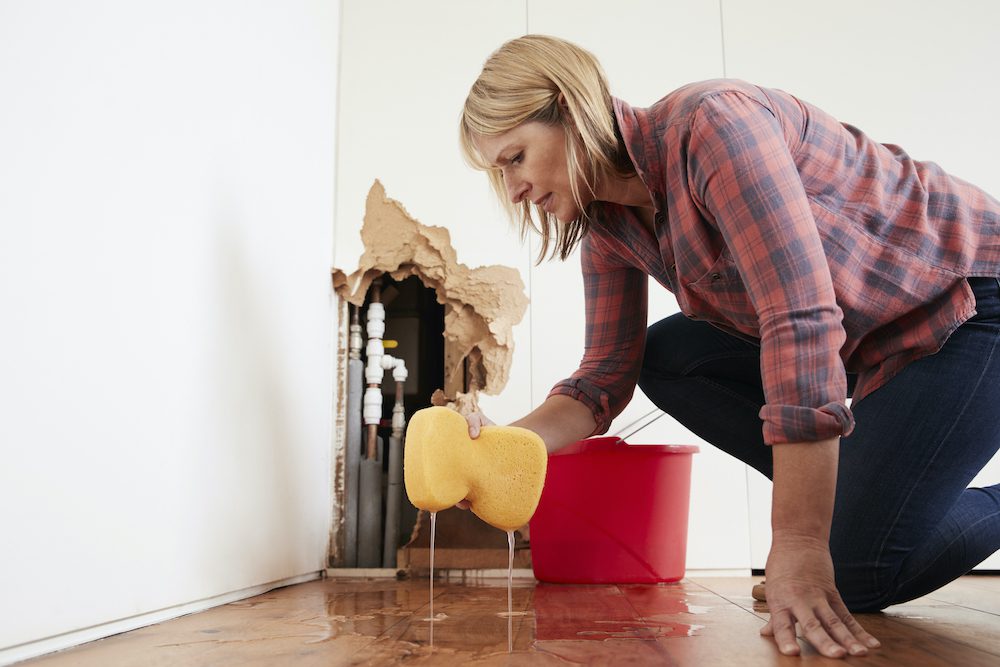Exactly how to Check If Your House Has a Covert Leakage
Exactly how to Check If Your House Has a Covert Leakage
Blog Article
We have stumbled upon this article pertaining to Detecting hidden plumbing leaks listed below on the internet and figured it made sense to relate it with you on this page.

Early detection of dripping water lines can alleviate a prospective calamity. Some small water leakages may not be noticeable.
1. Check Out the Water Meter
Every home has a water meter. Inspecting it is a guaranteed way that helps you uncover leakages. For beginners, turn off all the water resources. Guarantee no person will certainly purge, make use of the faucet, shower, run the washing device or dishwashing machine. From there, go to the meter and also watch if it will certainly alter. Because no one is utilizing it, there ought to be no movements. If it moves, that shows a fast-moving leakage. Likewise, if you find no changes, wait an hour or 2 as well as inspect back once again. This indicates you might have a slow-moving leak that could even be underground.
2. Check Water Intake
Examine your water bills and track your water consumption. As the one paying it, you need to see if there are any inconsistencies. If you find sudden changes, in spite of your consumption coinciding, it suggests that you have leakages in your plumbing system. Keep in mind, your water expense ought to drop under the very same variety each month. An abrupt spike in your expense shows a fast-moving leakage.
Meanwhile, a stable increase on a monthly basis, despite the same behaviors, shows you have a slow-moving leak that's additionally slowly rising. Call a plumber to thoroughly inspect your home, especially if you really feel a warm location on your floor with piping below.
3. Do a Food Coloring Test
30% comes from commodes when it comes to water consumption. Examination to see if they are running properly. Decrease flecks of food shade in the tank and wait 10 minutes. If the shade in some way infiltrates your bowl during that time without flushing, there's a leakage in between the storage tank and also dish.
4. Asses Outside Lines
Don't forget to examine your exterior water lines too. Needs to water leak out of the connection, you have a loose rubber gasket. One little leak can lose lots of water and spike your water expense.
5. Check as well as Evaluate the Situation
Property owners must make it a habit to check under the sink counters and also even inside cabinets for any kind of bad odor or mold and mildew growth. These 2 red flags show a leak so punctual focus is required. Doing routine examinations, even bi-annually, can conserve you from a significant trouble.
Check for discolorations and also weakening as a lot of pipelines and also devices have a life expectancy. If you suspect dripping water lines in your plumbing system, don't wait for it to rise.
Early detection of dripping water lines can alleviate a potential disaster. Some small water leaks might not be noticeable. Examining it is a surefire means that assists you uncover leakages. One small leak can waste lots of water and also spike your water costs.
If you presume dripping water lines in your plumbing system, do not wait for it to escalate.
WARNING SIGNS OF WATER LEAKAGE BEHIND THE WALL
PERSISTENT MUSTY ODORS
As water slowly drips from a leaky pipe inside the wall, flooring and sheetrock stay damp and develop an odor similar to wet cardboard. It generates a musty smell that can help you find hidden leaks.
MOLD IN UNUSUAL AREAS
Mold usually grows in wet areas like kitchens, baths and laundry rooms. If you spot the stuff on walls or baseboards in other rooms of the house, it’s a good indicator of undetected water leaks.
STAINS THAT GROW
When mold thrives around a leaky pipe, it sometimes takes hold on the inside surface of the affected wall. A growing stain on otherwise clean sheetrock is often your sign of a hidden plumbing problem.
PEELING OR BUBBLING WALLPAPER / PAINT
This clue is easy to miss in rooms that don’t get much use. When you see wallpaper separating along seams or paint bubbling or flaking off the wall, blame sheetrock that stays wet because of an undetected leak.
BUCKLED CEILINGS AND STAINED FLOORS
If ceilings or floors in bathrooms, kitchens or laundry areas develop structural problems, don’t rule out constant damp inside the walls. Wet sheetrock can affect adjacent framing, flooring and ceilings.
https://www.servicemasterbyzaba.com/blog/how-to-detect-water-leakage-in-walls/

Do you enjoy reading up on Locating water leaks? Make feedback further down. We will be delighted to hear your suggestions about this posting. We hope that you come back again in the future. Do you know someone else who is curious about the subject? Why not promote it. I love reading our article about Detecting hidden plumbing leaks.
Report this page